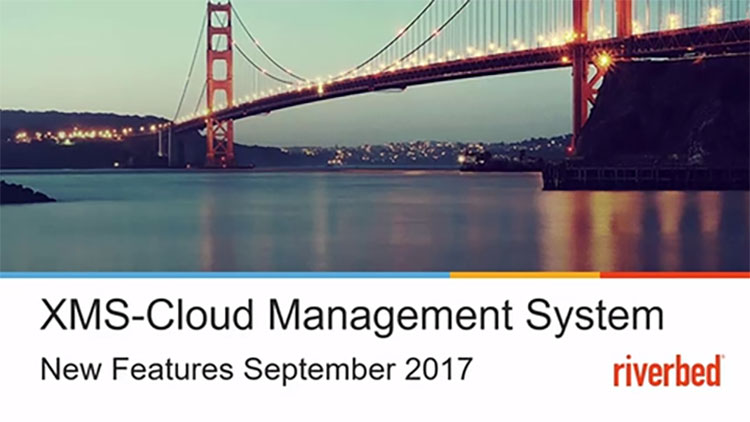The September 2017 release of Riverbed Xirrus Management System – Cloud (XMS-Cloud) is now available. Highlights of this release include the ability to locate client devices on floor plans, a NOC-style color coded dashboard for AP group status monitoring, and the ability to assign policies to specific user groups defined within Microsoft Azure and Google managed domains.
WATCH THE VIDEO FOR A QUICK TUTORIAL OF NEW FEATURES

Locate Clients On The Floor Plans
Wi-Fi devices can now be located quickly on floor plans in XMS-Cloud using the distributed location engine built into Riverbed Xirrus APs (all models with exception of the X2 and XR-320). Additional details, including the AP connected to, are available by clicking on the device to aid in troubleshooting. To locate clients, go to the My Network dashboard, click on the Floor Plans tab and select the appropriate floor plan. From the left-hand navigation, you can select the appropriate icons to display the heatmap and clients.
Easypass Microsoft Azure And Google Group Policy Enforcement
Single Sign-On EasyPass portals can be configured to recognize organizations and user groups defined in the domains managed within Microsoft Azure and Google. For example, specific policies for sales, finance, or marketing departments, or user groups such as teachers, students, or contractors, can be defined and enforced. As users log into the Riverbed Xirrus network, their group level policies will be enforced in every AP.
To configure EasyPass Google portal, go to the Access Services top level menu and AuthorizeEasyPass to synchronize with the Google managed domain. Enable “Would you like to restrict access to specific organizations?” and select the organizations or subgroups from the list.
Save the portal configuration and define user policies for that specific group from the Policies within a given profile.
Similarly, groups can be configured for Microsoft Azure from EasyPass Azure and for personal devices from EasyPass Onboarding portals. Define user group policies from Profiles.
Self Ooboarding For Personal Devices
Users can self-register to create Unique Pre-Shared Keys (UPSKs) and securely onboard their personal devices to the Wi-Fi network without IT department’s involvement. Select EasyPass Onboarding from the top-level Access Services menu. Configure the self-registration option and select the two SSIDs – an open SSID to self-register and another secure SSID to access the network upon self-registration. Self-registration can be restricted to users belonging to a specific domain with valid email addresses.
Dashboard For Quick AP Group Health Status
A new color coded NOC-style dashboard displays the health of groups of APs. You can create logical AP groups, for example, by site, by building, or by floors of a building, and collectively monitor and report on the status of that grouping.
Create groups from the Access Points tab of the My Network dashboard. You can select one or more APs and add them to groups. A single AP can be associated with multiple groups. Each tile of the dashboard represents a logical group. The tile will show green or red to indicate the health of the AP group. If a tile turns red, it will move automatically to the left of the screen to draw attention for quick incident resolution. The same groups can also be used to filter views in the main My Network dashboard and in Reports.
Other Enhancements
- Bulk AP assignment to groups – Add multiple APs to an AP group or delete multiple APs from an AP group at once.
- Export network information from CommandCenter – Details about networks such as number of AP online and offline can be exported into Excel format for audits, compliance and other analysis.
- Retain network connectivity after factory reset – APs can be reset to factory defaults while maintaining IP configuration so they will retain connection to the network.
- Access XMS-Cloud with Microsoft Azure and Google domain credentials – Network administrators can log into XMS-Cloud using their domain credentials, eliminating the need to manually create and maintain administrative user accounts within XMS-Cloud.




